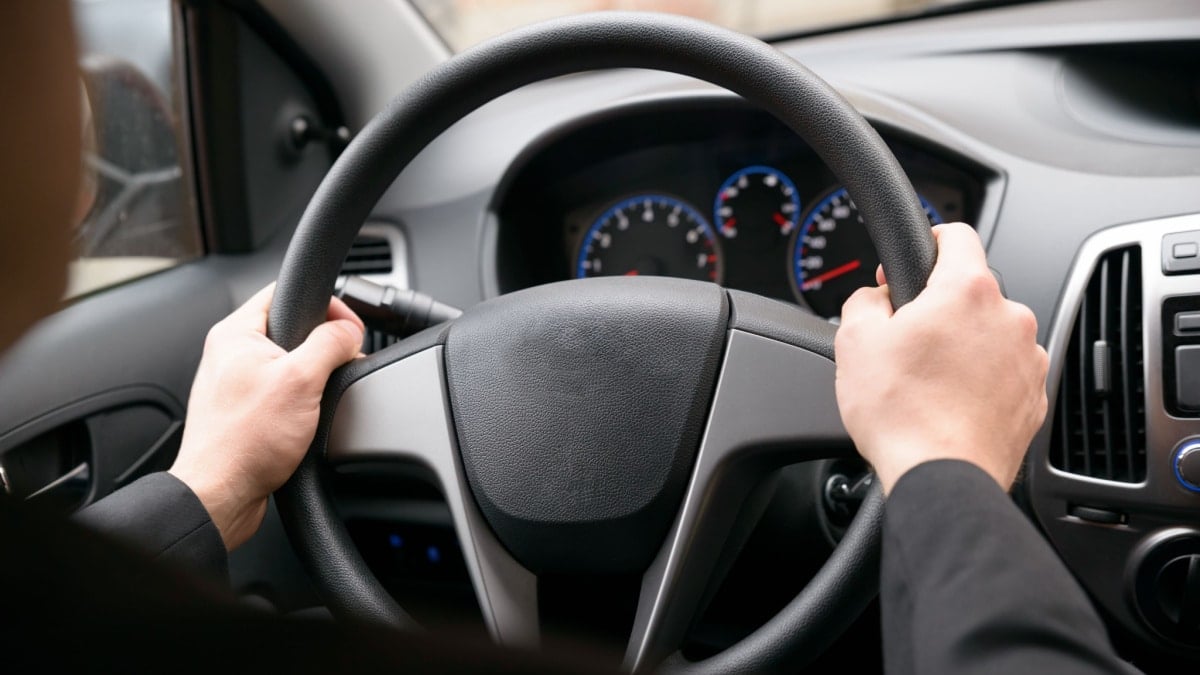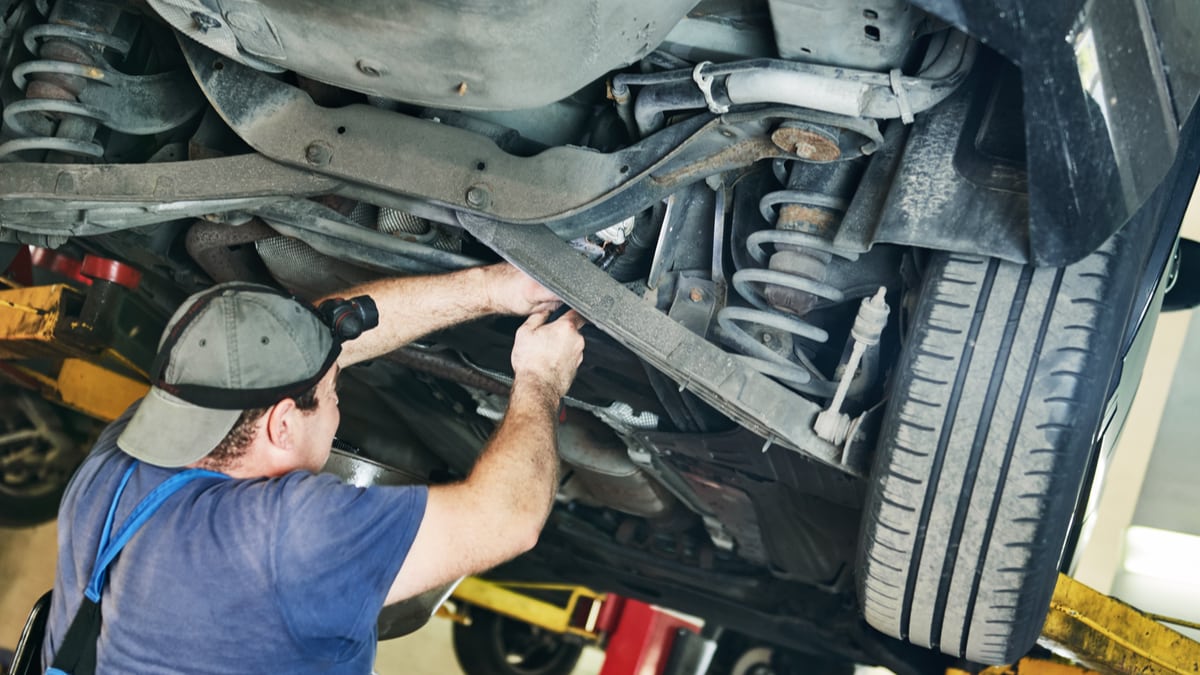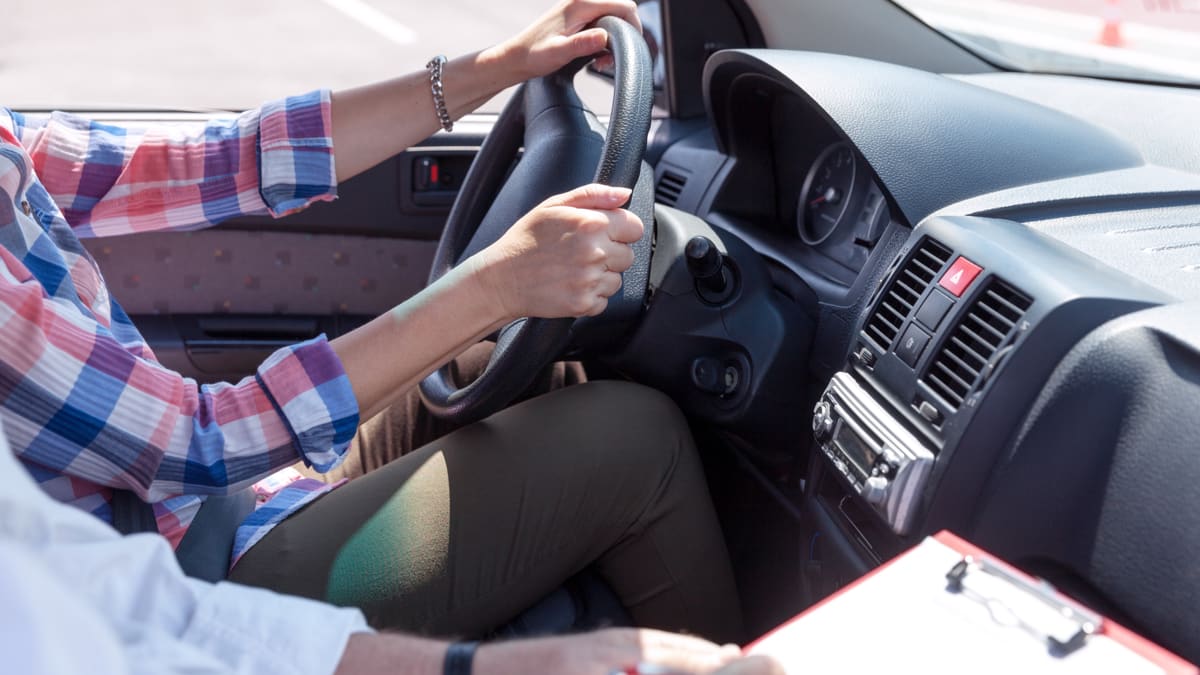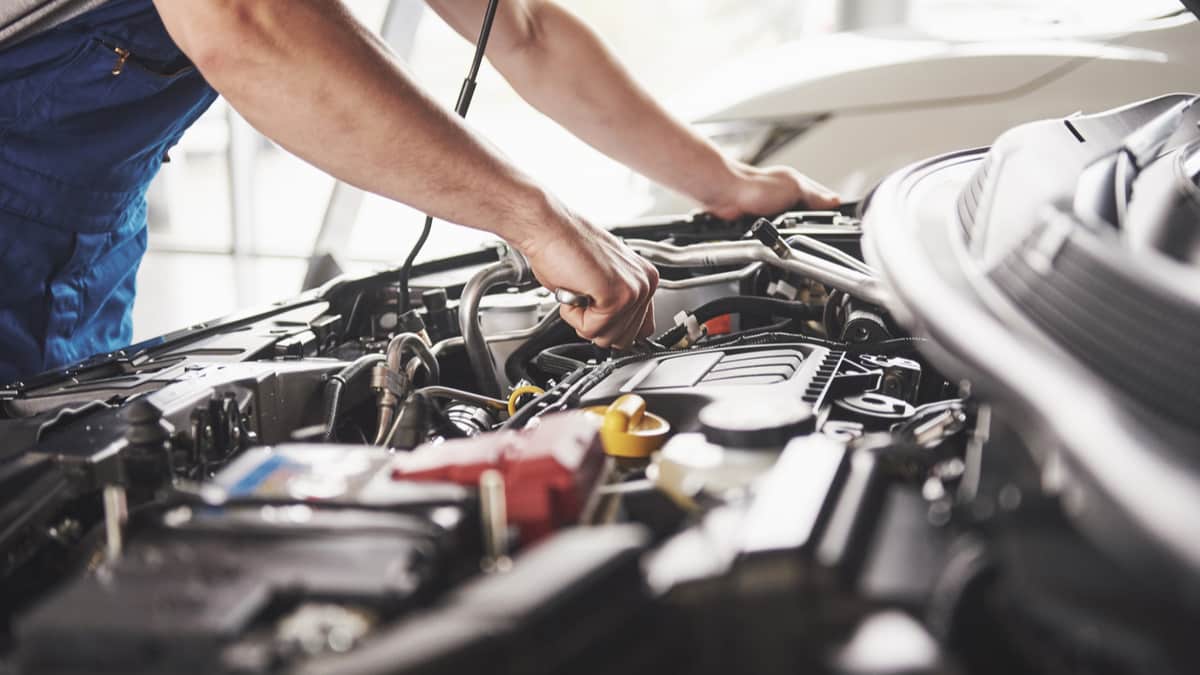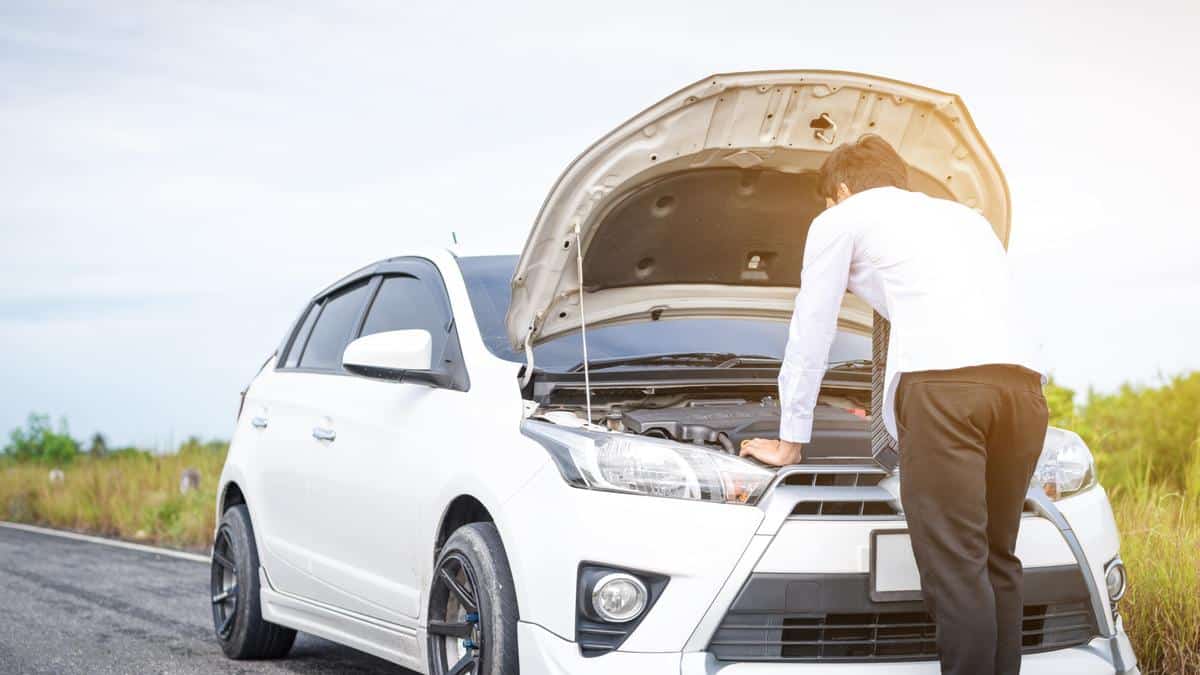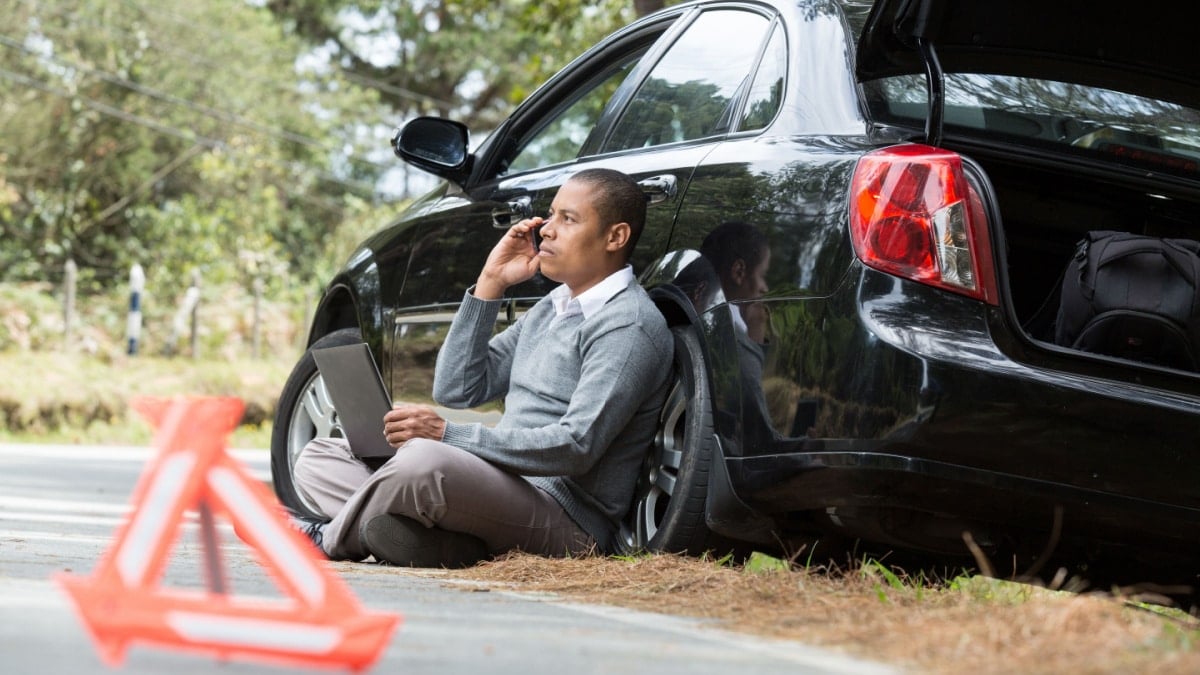If you are preparing to get your driver’s license, you might be required by your state to receive training from a qualified driving school. Even if you aren’t, it’s often a good idea to get you ready for the testing. How much does it cost to go to driving school and is it right for you?
In this guide, we cover how the costs are figured out. We also give you some practical tips that can help you save money on your lessons.
How much does it cost to go to driving school?
On average, you might spend between $50 and $200 per lesson at a driving school. If you choose a package deal, you might be able to get the lessons for a discounted rate. Anything additional, such as help with the road test or a vehicle to use for the lessons, could add to the overall cost.
Factors Affecting Driving School Cost
1. Hourly Rate
Depending on where you live, you could be looking at a cheap or expensive hourly rate from local instructors. In some states, you might pay as little as $50 per hour. Of course, you aren’t going to take just one lesson, so you must multiply this by how many you plan to take. If you are taking six lessons at $50 per hour, you might spend $300.
It’s important to check with your local state to see what’s required. Before you take the road test, you might be required to get so many hours of training behind your belt. Additionally, it’s important to see what’s included with every lesson. If you are paying $100 for a lesson, but it’s two hours long and comes with online materials for reference, you might be getting a better deal than the lesson that’s an hour for $50.
2. Flat Rate Package
Many companies are happy to offer a slightly discounted flat-rate package since they know you need more than one lesson. Based on what state you are in, the instructor probably already has a packaged deal set up for the state requirements.
By signing up for a package deal, you might get a slightly cheaper per lesson rate. For example, the instructor might charge $75 per lesson, or $400 for six lessons, thereby saving you $50 total.
However, on top of the lesson package, you might need to pay extra for anything that’s not included. If you want to practice for the road test, this can be an additional charge, maybe $100 or more. You can also pay extra to focus on issues that give you trouble. For example, if you are struggling to parallel park, it could make sense to put a little more time into this area.
3. Frequency of Lessons
The overall cost depends heavily on how many lessons you are signing up for. Taking a one-hour lesson is very different from scheduling ten lessons. Many companies prefer that you take the lessons close together, even up to five a week, for the best results.
The more frequently you drive, especially leading up to the test, the more comfortable you are going to feel. It’s also important to choose a school that takes you on roads comparable to what’s around you. If you will be spending a lot of time on the highway, that’s where you want to practice. You also need to think about the road test and what conditions you will be tested in.
4. Vehicle Included
With some driving schools, you can use your own vehicle for the lessons. Other times, the company provides the car for you. In this case, you might even be able to use the vehicle for your road testing for an extra fee. If you are taking your teen for driving lessons, this might be a better idea than giving them a car to use. However, the service could cost a little more, especially if the company is picking you up and dropping you off after lessons.
The other benefits to using the provided car include having an up-to-date vehicle that’s fully insured. Plus, there are dual controls in these vehicles. With this configuration, the instructor has a wheel and pedals on their side as well. If the driver fails to do something that could cause an accident, the instructor can quickly take charge and protect everyone.
How to Get the Best Deal on Driving School
1. Compare Available Schools
In your county alone, there could be multiple driving schools, each with its own cost. It’s important to call all of your local options to find out what your choices are. However, you don’t want to simply choose based on the price alone.
Instead, compare what’s being offered and what’s included with the rate. There’s no reason to pay for services you don’t need, but also wise to bundle services if you need something beyond basic. Write all of the options out, weighing the differences between prices vs. what’s provided.
2. Ask for Discounts
When you call to get prices, it’s unlikely that the company is going to offer up every discount it has. You are going to need to ask.
Start by talking about package deals. Many of these offer lower per-lesson rates. Beyond this, companies will offer random discounts for things such as being a veteran. You aren’t out anything by asking, but you could save a lot of money by taking the chance.
3. Check Local Areas
Make sure you perform a cost analysis of schools slightly outside of your close radius. If you travel twenty minutes to go to school and save $50 per lesson, it might be worth your time.
Get out a map and pen to chart out what’s available near you. It won’t take long until you find out what regions are providing better rates, and you can focus your attention there.
4. Ask About Refund Policy
If you choose a driving school without a good refund policy, you could be out all of the money you pay when the service isn’t what you expected. Instead, you should ask for details on the refund policy upfront. No matter how cheap the lessons are, it’s not wise to pick a company without some sort of guarantee.
Not only do you want a company that is willing to ensure complete satisfaction, but you want additional lessons if you fail your driving test. Even if you have to pay a little more for these guarantees, the extra cost is worth it.
However, be wise about what company you are choosing, even if they offer the best guarantees. Take time to research the reputation online to ensure they stand by what is offered. Otherwise, the guarantee means nothing anyway.
RELATED: How Many Times Can You Fail a Driving Test?
How to Choose a Driving School
Before you choose the driving school to pay, consider these factors:
- In-person visit: Go to the facility to see what it’s about. You can learn a lot about the company culture by visiting. You can also meet the instructors to make sure you will get along.
- Check involvement: If you are enrolling your teenage driver, you want a provider that’s going to keep you involved in the process. Discuss what parents are entitled to, whether it’s regular updates or the chance to observe. You should be kept in the loop about all progress and potential driving challenges, so you can help your child.
- Time required: You want to choose a school that’s going to take the time needed to ensure complete understanding. If the program seems rushed, you might do better choosing a longer program with more instruction, even though it will cost more. Additionally, the behind-the-wheel portion should last longer than one hour. It’s impossible for an instructor to learn every area that needs to be worked on in a shorter timeframe.
- Safety first: You don’t want to work with programs that include emergency driving maneuvers. You don’t need this or lessons in skid control. In fact, these classes increase the chances of crashing, especially with younger drivers.
- Check reputation: Look on the Better Business Bureau to see the rating of your local school. You can also do an online check to see what other customers are saying. If there are negative reviews, the company should be responding and trying to make things right.
- Talk to your insurance provider. If these classes are required to get an insurance discount, you want to make sure you are choosing the right company. Call your agent and share the plan you choose to take to ensure it will bring the discount you hoped for.
With some due diligence, you can find the right provider for your unique needs.



